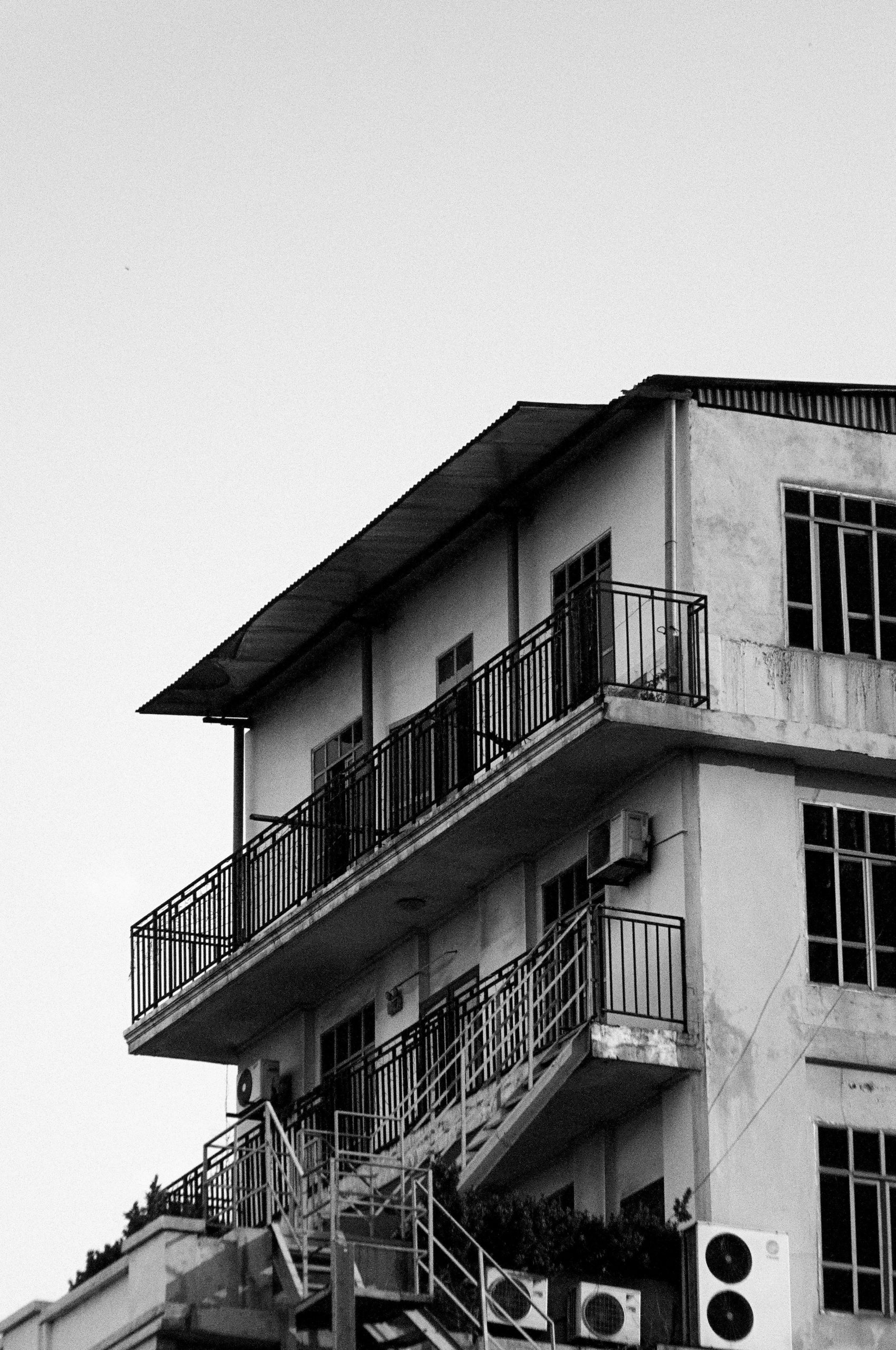Troubleshooting a Black and Unresponsive Windows 10 Taskbar
Encountering a malfunctioning taskbar can be a frustrating experience, especially when it manifests as an entirely black panel with limited visible elements. If your Windows 10 taskbar appears empty—showing only the system clock, search bar, and minimal icons—and becomes unresponsive upon interaction, you’re not alone. This article offers a comprehensive guide to diagnosing and resolving such issues to restore your desktop’s functionality.
Recognizing the Symptoms
- The taskbar appears entirely black or blank.
- Icons and notification area are missing.
- Hovering over the taskbar indicates it’s “loading.”
- Clicking the taskbar causes the screens to flicker or black out briefly.
- Standard troubleshooting steps like restarting Windows Explorer have not resolved the problem.
Common Causes
Several underlying issues may lead to a black or unresponsive taskbar:
- Corrupted system files or Windows components.
- Malfunctioning or incompatible third-party software.
- Graphics driver issues.
- Problems with the Windows Shell or user profile corruption.
- Recent Windows updates causing regressions.
Step-by-Step Troubleshooting
1. Restart Windows Explorer
Often, restarting the Windows Explorer process can resolve UI glitches:
- Press
Ctrl + Shift + Escto open Task Manager. - Locate Windows Explorer under the Processes tab.
- Right-click and select Restart.
- Observe whether the taskbar returns to normal.
If this does not work, proceed to the next steps.
2. Check for Windows Updates
Keeping your system updated is crucial:
- Go to Settings > Update & Security > Windows Update.
- Click Check for updates.
- Install any available updates and restart your computer.
3. Run System File Checker (SFC)
Corrupted system files can cause UI issues:
- Open Command Prompt as an administrator:
- Press
Windows key + X, then select Command Prompt (Admin). - Type:
sfc /scannowand press Enter. - Wait for the process to complete.
- Restart your system and check if the issue persists.
4. Use DISM Tool
The Deployment Image Servicing and Management (DISM) tool repairs Windows images:
- Open Command Prompt with administrator privileges.
- Enter the following commands one by one:
“`
DISM /Online /Cleanup-Image /CheckHealth
Share this content:



